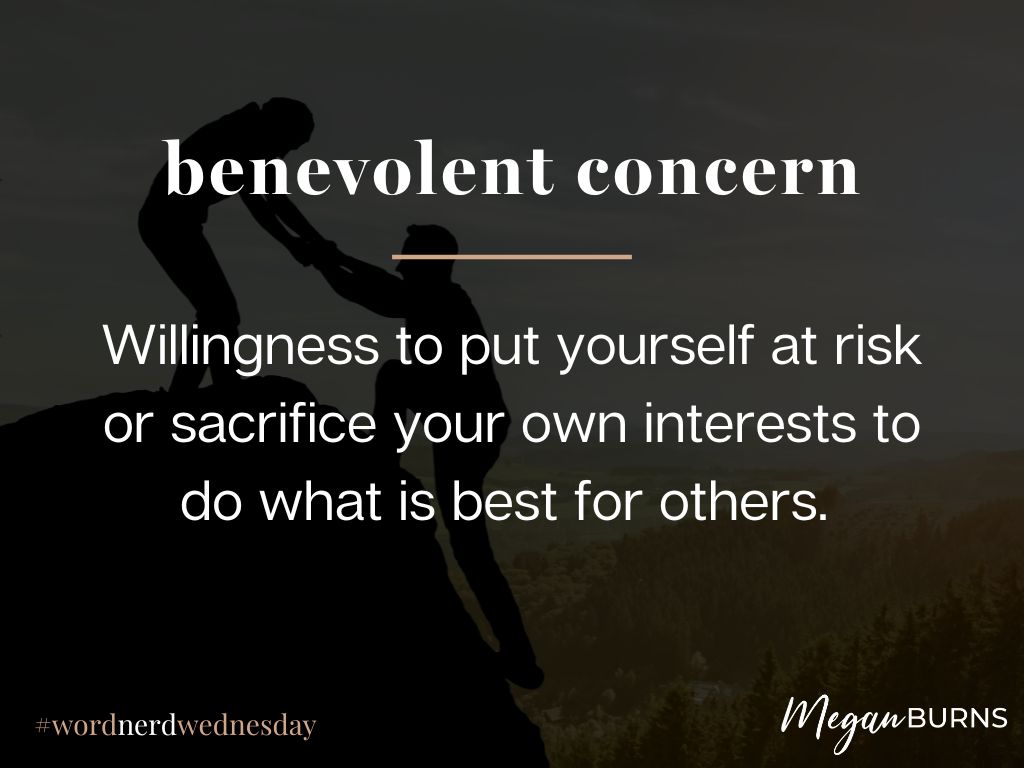#WordNerdWednesday
Organizations need to balance competing stakeholder needs. Consider these common situations:
⇨ Acknowledging a product’s limitations might mean you lose the sale. Do you tell prospects anyway?
⇨ Keeping prices low might hurt profit margin. Raising them might cost you sales. What do you do?
⇨ A customer’s order arrived damaged. Do you make them pay to ship it back or absorb those costs?
⇨ A customer forgot to add an international plan to their phone before a trip. Do you add it retroactively?
⇨ You underestimated the cost of a new implementation. Do you take the hit or make the customer pay?
The extent to which you’re willing to sacrifice your own needs do what’s best for others is a trait called “benevolent concern.” You don’t just care about customers in theory; you back it up with real money.
Showing benevolent concern is often a question of timing. How much short term profit are you willing to sacrifice in the name of long-term value?
There’s a limit, of course. Hubspot’s culture deck hits that nail on the head when it says “Bankrupt companies cant’ delight their customers.”
I don’t think customers expect that, though. They know you’re running a business and need to show profit. What they want is a fair balance. As a leader, striking that balance takes courage.
McKinsey found that CEOs who shift from short- to long-term management do, in fact, produce better business results. The payoff just doesn’t show up until 3-4 years after that CEO has left.
It reminds me of a movie quote I’ve always loved: “I was so busy trying to keep my job that I forgot to DO my job.”
There’s a simple way to tell how much “benevolent concern” customers think your business shows. If you want to know what it is, comment below or send me a message. I’m happy to share.


